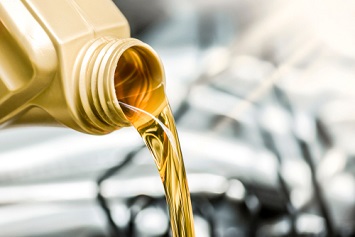The term "liquid" refers to the oil that has been cleansed from the crude or synthetic oil that was previously utilized. Because of its use, crude or synthetic oil can be contaminated by physical or chemical impurities. So, the term "used oil" means exactly what it is the synthetic or petroleum-based oil that was once used.
In the course of use, contaminants such as chemicals, water scrapings from metal and dirt can be mixed with it, and the efficiency of the oil decreases. If you want to reuse oil, you should take help of professionals providing used oil recovery services in Australia.
The used oil must eventually be replaced with re-refined or virgin oil to continue working. EPA has set out three criteria for the evaluation of used oil.

Image Source Google
The criteria are as follows:
Origin
This is the most important factor in the determination of used oils. oil has to be produced using synthetic substances or refined from the crude. Animal and vegetable liquids are not considered to be utilized liquids.
USE
The criterion is based on how or if the oil is used. Oils that are used for buoyant or heat transfer fluids the hydraulic fluids of lubricants and also for other purposes are classified as these types of things. Pure fuels that are extracted from spills, as well as the cleaning wastes from storage tanks, aren't considered products of used oil, such as petroleum-derived chemicals like kerosene and antifreeze as well as cleaning agents aren't oils.
CONTAMINANTS
This EPA criteria determine whether the oil is composed of physical or chemical contaminants. The one that is contaminated conforms to the definition of EPA. Physical contaminants include dirt sawdust as well as metal shavings. In contrast, chemical contaminants comprise saltwater, halogens, and solvents.